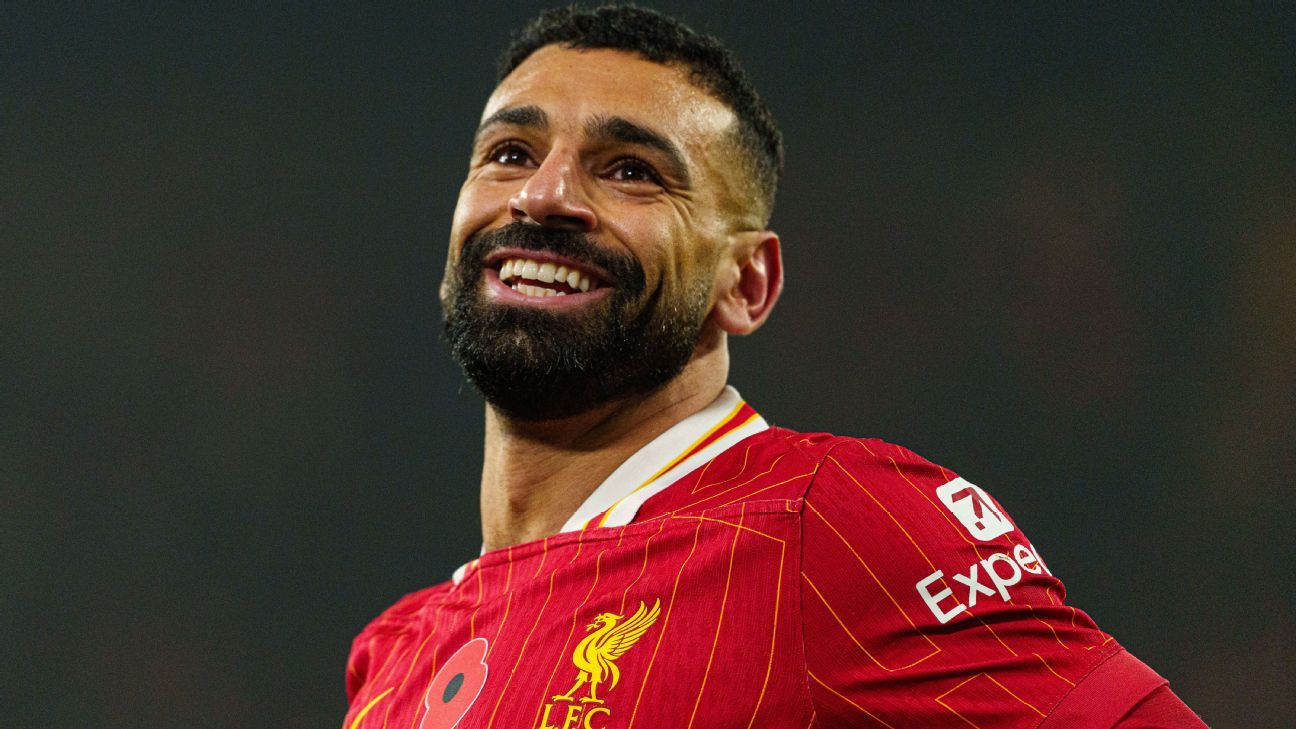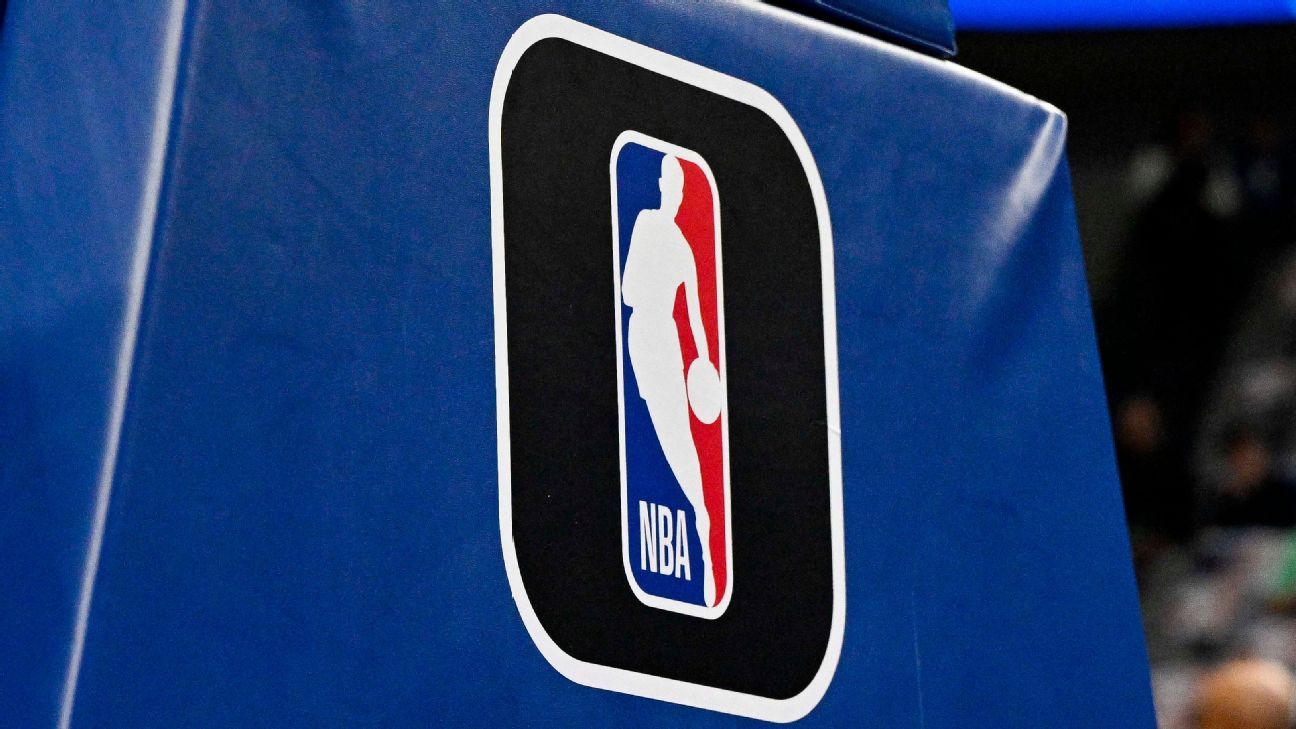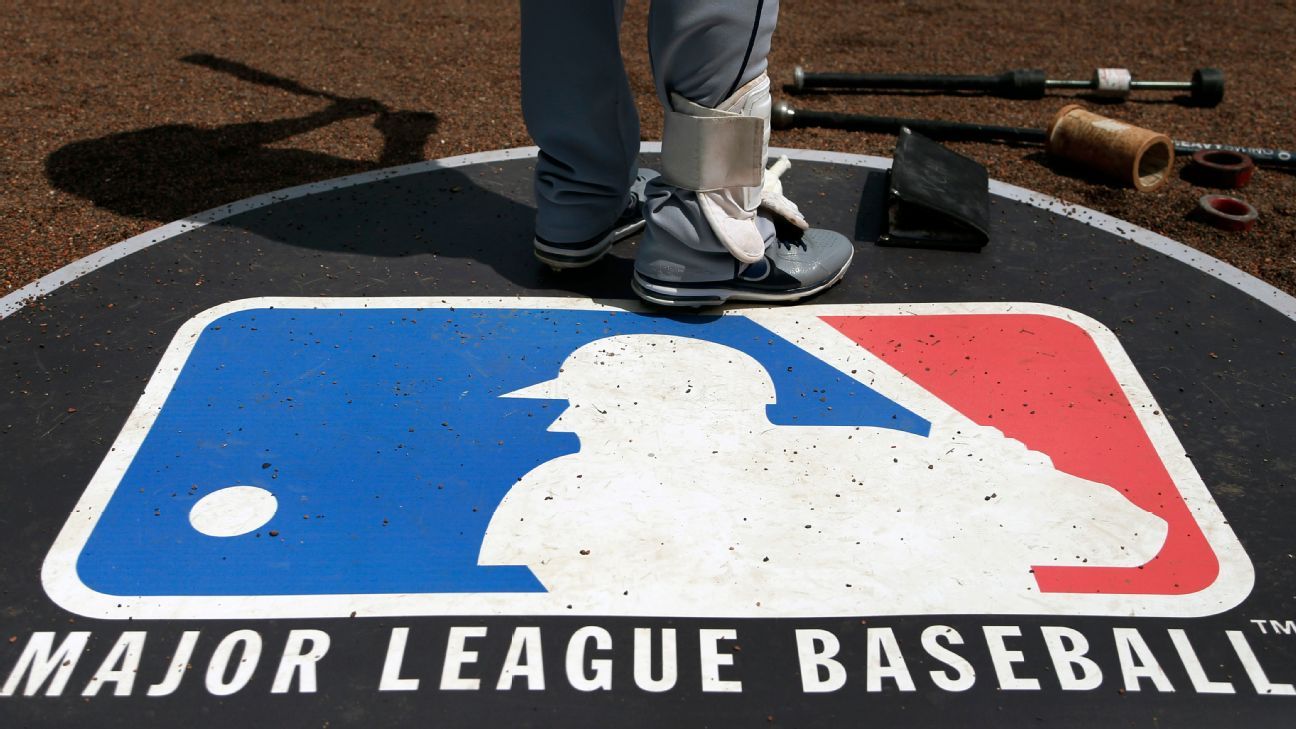
INDIANAPOLIS – Last week’s Indianapolis 500 open test at Indianapolis Motor Speedway provided a nearly complete example of what teams can expect when they return for the Month of May.
With 32 cars turning laps in the test, including 31 on the track Friday, it was just one car away from the 33-car starting lineup that should take the green flag on May 30. There would have been 32 drivers on track Friday were it not for Ed Carpenter Racing driver Rinus VeeKay crashing early in Thursday’s rain-shortened practice.
VeeKay sustained a broken index finger in the incident. He would have been physically able to return to the track, but Ed Carpenter Racing decided against converting VeeKay’s second Chevrolet from the road course setup to an oval setup. That car will be used at this weekend’s Honda Indy Grand Prix of Alabama at Barber Motorsports Park in Leeds, Ala.
After a combined 4,204 laps were turned by 32 cars, what did the teams learn?
“We learned a lot; there’s a lot of stuff to test,” Andretti Autosport engineer Jeremy Milless told SPEED SPORT. Milles is Alexander Rossi’s engineer on the No. 27 Honda.
With five cars entered for the 105th Indianapolis 500, and two more cars from Meyer Shank Racing as part of an engineering alliance, Andretti Autosport has the luxury of seven cars working together to learn about setup and data sharing.
“I think a lot of information was gathered,” Andretti Autosport owner Michael Andretti told SPEED SPORT. “Now, we have some work to do to go through all of the data from all cars and see what worked and what didn’t.”
A limited group of cars participated in a simulation test of hybrid assist technology on March 26 by utilizing the current push-to-pass system. IndyCar Series officials were considering using push-to-pass on the oval tracks this season, including during the Indianapolis 500, in an attempt to increase passing.
“It didn’t seem to work the way they had hoped,” Andretti explained. “The only way they can do it is artificial, like Formula One, and that is the guy in front doesn’t have the option to push it to defend himself. I don’t know what they are going to do.
“I think they are barking up the wrong tree. I think they have to do something with the cars. They have been adding so much weight to them now that I think the tires are having a problem handling all of that weight. The challenge is there. Now, you are depending on aero and when there is a car ahead of you, it makes it really difficult to keep your foot in it. They have some work to do, I think.”
IndyCar officials announced a change in regulations that require filling in the front-half of the hole in the underwing with a carbon fiber clam shell piece. That piece wraps around the structural strut of the underwing. The result creates downforce while reducing the reliance of the front wing. Ultimately, it will provide the potential for even more passing opportunities when cars are in traffic.
“We wanted to reduce the amount of work the front wing does,” IndyCar Director of Aerodynamic Development Tino Belli said. “The amount of downforce necessary has grown over the years with the gradual addition of weight with the AK-18 side pods and the safety-inspired Aeroscreen. The new downforce created by the underwing has done exactly what it was supposed to do.”
The change is a culmination of 18 months of work, which also included safety considerations when cars are in extreme conditions.
“A lot of things we did for this season, we weren’t able to do last year because the pandemic,” Frye said. “The spring testing schedule has helped us out for this year and the results have been positive. Overall, the racing product has been very good. We wanted to make it even better.”
According to Milless, with the current superspeedway setup for the Indianapolis 500, he believes the lead two cars can pass at the front of the field, but it remains difficult for cars third in line and further from being able to pass because of the aerodynamic drag.
“It will be dependent on the weather,” Rossi told SPEED SPORT. “If we have weather like Friday (temperatures in the 70s), it will be a bit closer than in the past. I think we will have the same underlying characteristics as it has been in the past. If it’s hot, we’ll see.
“It was very productive. I got a lot of laps in. It was good to get here and run through a lot of things. In the past couple of years, the month of May has been reduced a little bit, so it’s good to have these two extra days to shorten the list when you come here for qualifying.”
Conor Daly of Ed Carpenter Racing was discouraged by the lack of passing early in Friday’s session, but was a bit more optimistic after the test was concluded.
“There were some passing going on, but it’s tough,” Daly told SPEED SPORT. “We were running there towards the end with guys that were quick, and they weren’t lifting. A couple guys lift, and you get through, but a couple guys are pushing, and you can pass them. It is hard to tell in practice, for sure.
“In the heat of the day, tough. At the end of the day, a little bit better.
“I think you will see five cars in line, but you won’t see anyone going forward other than the second car in line. At least now. You have to make the cars run on edge to get it to do something. It’s crazy.”















 Phone: (800) 737. 6040
Phone: (800) 737. 6040 Fax: (800) 825 5558
Fax: (800) 825 5558 Website:
Website:  Email:
Email: 






